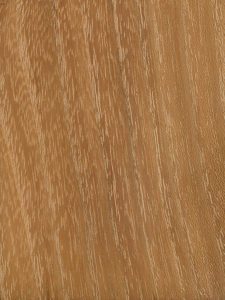ACACIA TIMBER
Acacia Robinia is well famous for being a good wood that resists rotting. Therefore it’s possible to see right now that is widely desired and also has extensive usage. Why is it different is that Acacia Robinia can also be called Pseudoacacia. Also, it has a unique hardwood species.
It’s exceptional resistance to rot and insects. Therefore it is reasonable to buy the Acacia Robinia wood and utilize it for children’s playgrounds. You still will need to locate an innovative and extensive method to make use of it. Still, Acacia Robinia is quite versatile, and you’ll delight in using it repeatedly because it’s so many exciting and excellent capabilities.

Acacia Robinia (sanded)
Acacia Robinia endgrain
Name(s): Black Locust, Acacia Robinia, False Acacia
Latin Name: Robinia pseudoacacia
Tree size: 20-30 m tall, 0.6-1 m trunk diameter
Dried weight: 770 kg/m3
Hardness: 7,560 N
Common Uses : veneer, flooring, furniture, mine timbers, railroad ties, Fence posts, turned objects, boatbuilding
Comments: Acacia Timber is a tough and robust wood, competing with Hickory (Carya genus) as the hardest and stiffest domestic lumber: but with more durability and rot resistance.
Although it shares a similar standard name with Honey Locust, the two aren’t in the same class (Robinia and Gleditsia, respectively). Acacia Robinia tends to be slightly heavier, harder, and also with more of a green or yellow tint, while Honey Locust tends to have a red tint.
Workability: Overall working characteristics for Acacia Robinia are combined: although the grain is usually straight, its high density and hardness can make it challenging to machine. Acacia Robinia also has a moderate blunting effect on cutting edges. Responds pretty well to both lathe turning and steam bending; glues and finishes well.
